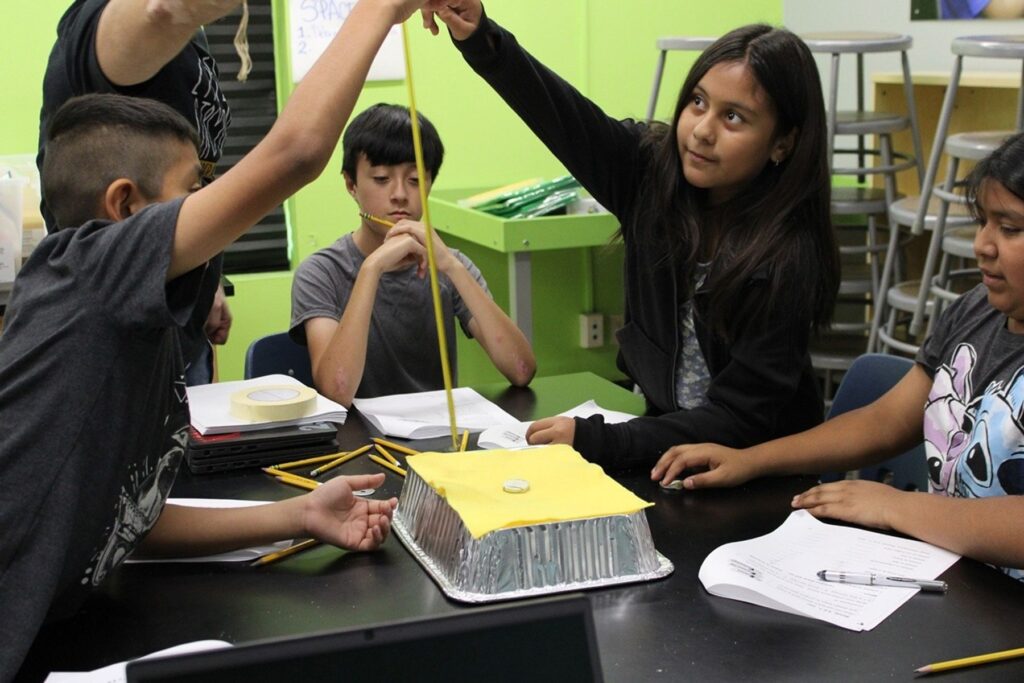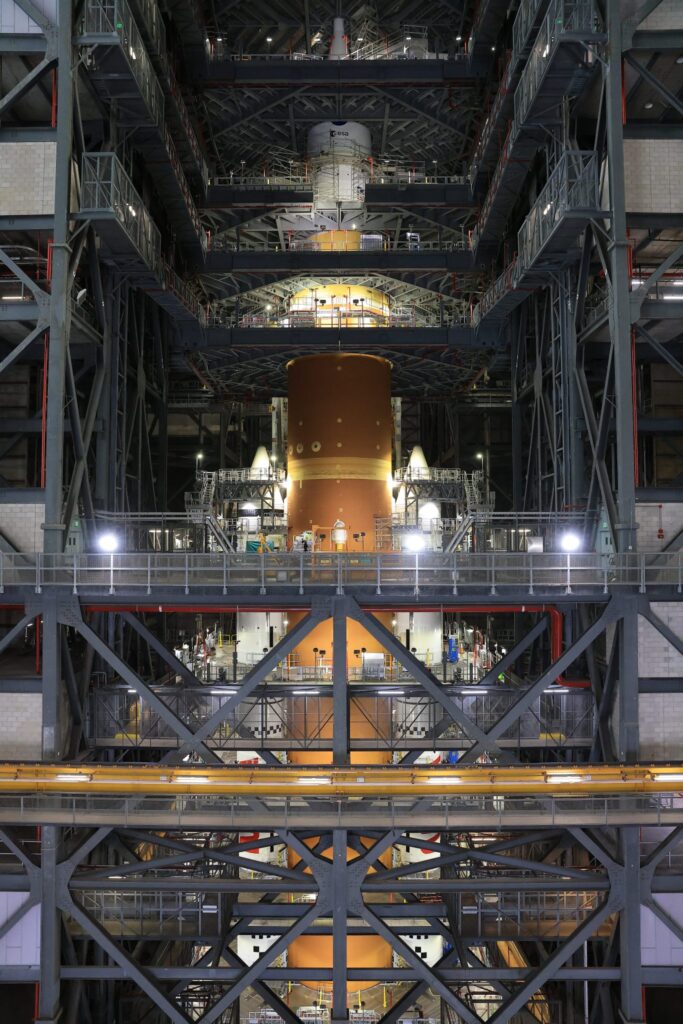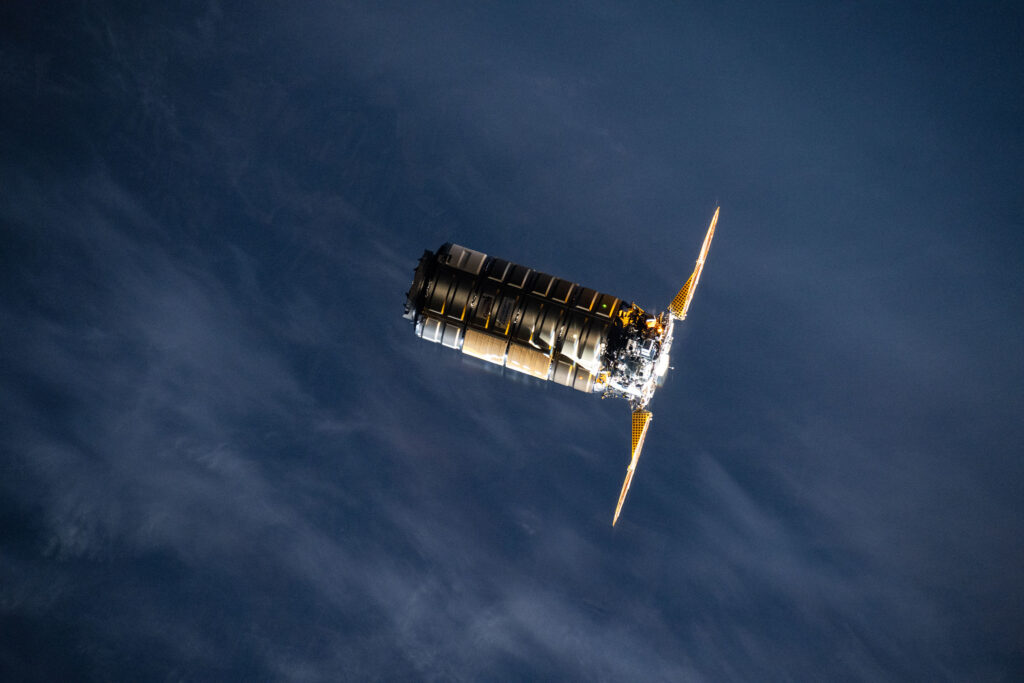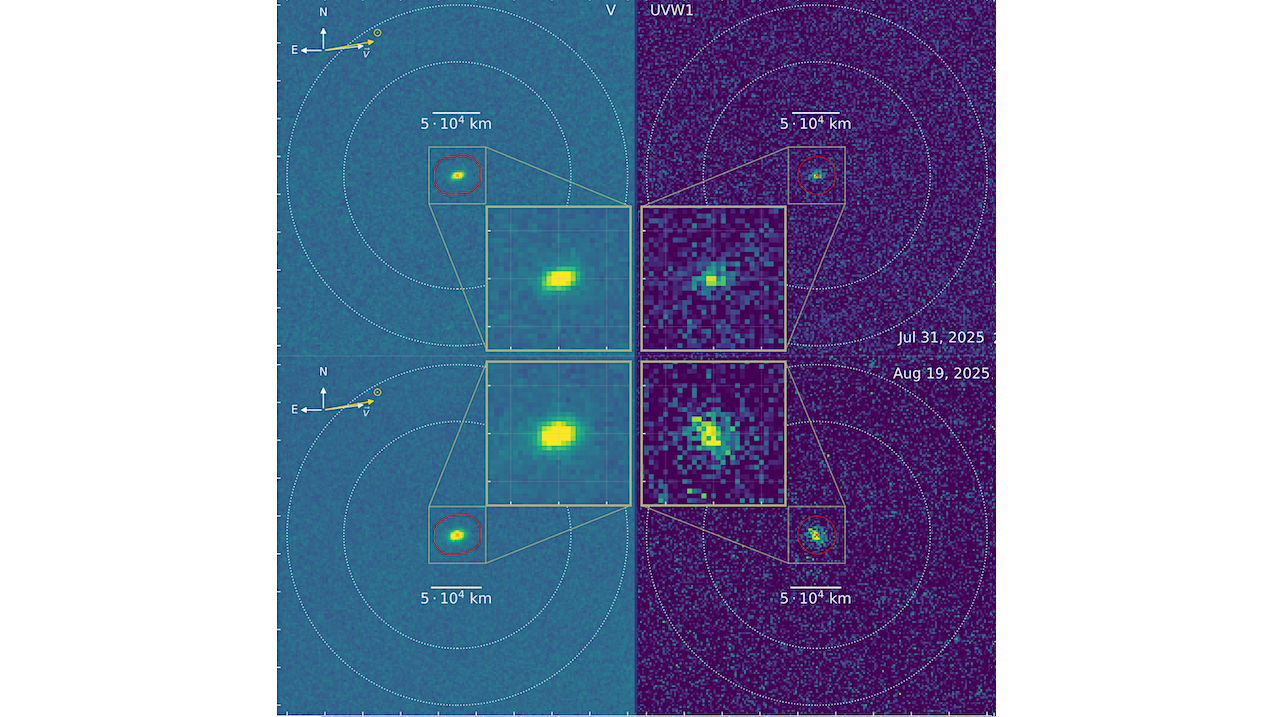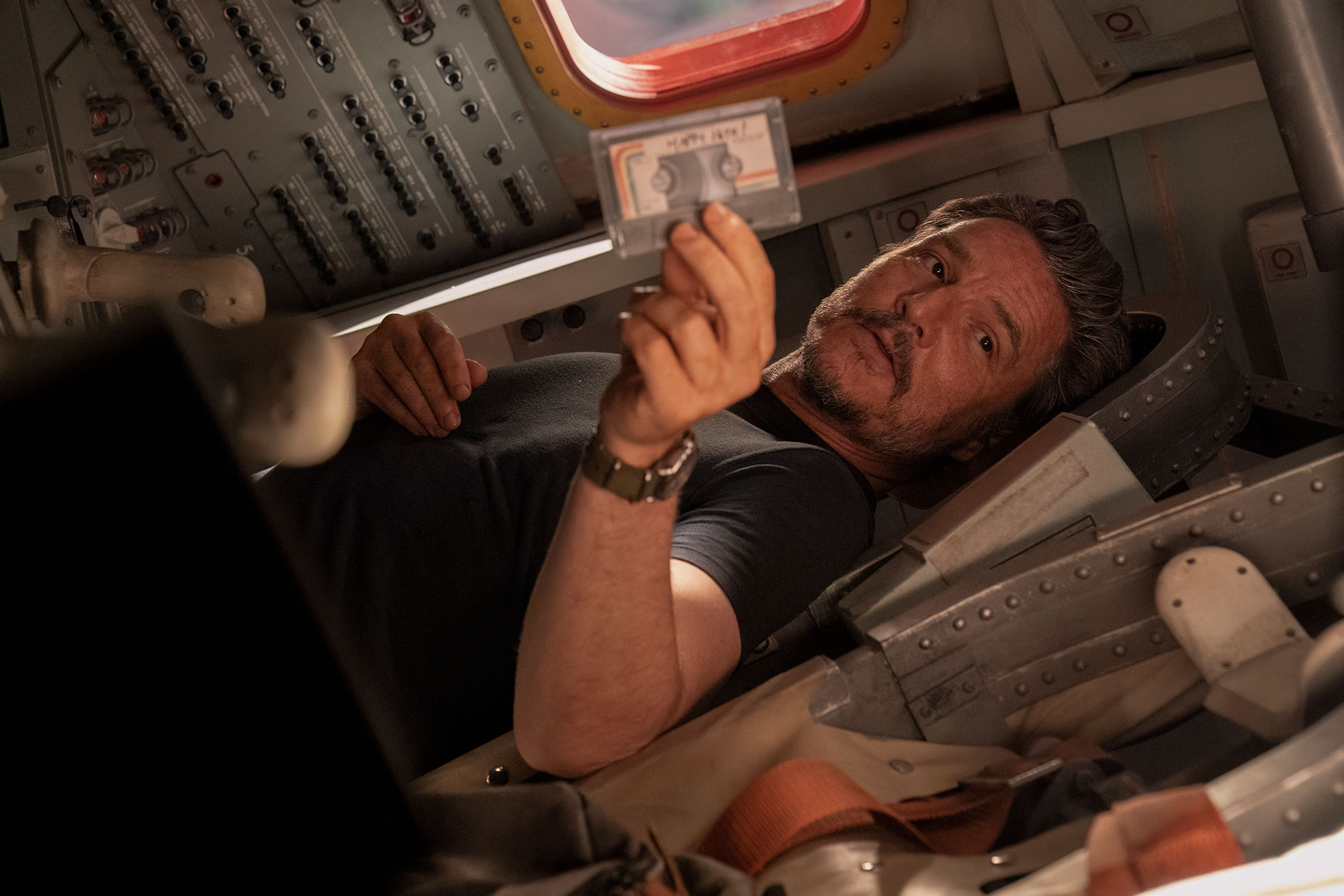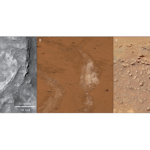Now Reading: International Space Station Receives Critical Supplies Amid Upcoming Launches and Mission Developments
-
01
International Space Station Receives Critical Supplies Amid Upcoming Launches and Mission Developments
International Space Station Receives Critical Supplies Amid Upcoming Launches and Mission Developments
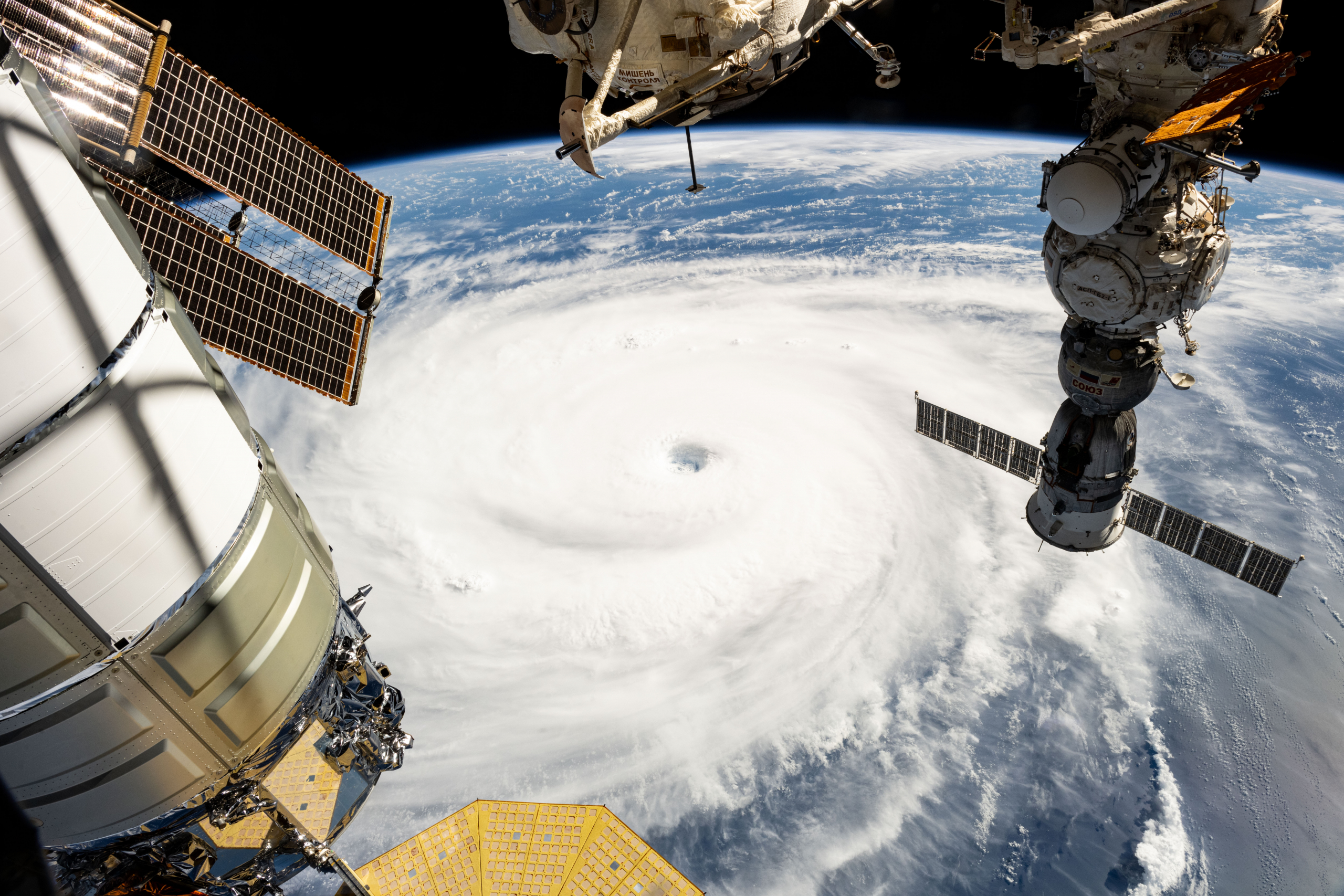

The International Space Station (ISS) has recently received crucial deliveries from three cargo spacecraft – Progress MS-32, the Cargo Dragon C211, and Cygnus XL S.S. William C. “Willie” McCool – as part of ongoing support for its seven-member crew on Expedition 73. These missions provide essential supplies, including food, water, clothing, and equipment, while the astronauts aboard continue their regular science experiments and maintenance tasks.
In the backdrop of these operational activities, Japan is poised to launch its new HTV-X cargo spacecraft in a couple of weeks, marking its inaugural mission for this updated vehicle. Meanwhile, the Dream Chaser from Sierra Space, which was intended for cargo missions to the ISS, faces delays, having been removed from consideration for its demonstration flight due to developmental issues.
The Cargo Dragon embarked on its mission, CRS-33, on August 24, lifting off from Cape Canaveral Space Force Station’s Site 40. The spacecraft successfully docked at the ISS the following day, delivering approximately 2,300 kg of supplies and scientific equipment. Among its cargo were experiments focusing on 3D printing technology, including one aimed at creating medical implants designed to help restore nerve function post-injury. The Dragon is capable of conducting reboost maneuvers for the ISS, although one reboost attempt was aborted due to technical difficulties.
Following the Cargo Dragon’s arrival, Progress MS-32 launched from Kazakhstan on September 11 and reached the ISS within two days, carrying around 2,600 kg of supplies, which included fuel, water, and an array of experiments. Shortly after, Cygnus XL made its debut, lifting off on September 14 and arriving at the ISS on September 15. This mission brought approximately 5,000 kg of cargo to support various scientific endeavors and sustain the station’s operational needs.
The Cygnus XL has a longer cargo module compared to its predecessors, allowing it to transport larger and more varied cargo. Its docking was initially delayed due to unexpected software issues that were resolved before successfully berthing the spacecraft using the Canadarm2 system.
All three spacecraft will remain linked to the ISS for a few months. However, with the upcoming arrival of Soyuz MS-28 in November, the NG-23 Cygnus spacecraft may need to be temporarily relocated during the docking process to ensure safe clearance.
Looking ahead, the HTV-X is set to launch on October 20, with this new Japanese spacecraft intended to carry larger, unpressurized cargo items in addition to its significant pressurized capacity. Expedition 73 is slated to continue until December, after which Expedition 74 will officially commence.
NASA’s next crewed mission, Soyuz MS-28, is scheduled for November 27 and will see three astronauts, including NASA’s Christopher Williams, undertake an eight-month mission aboard the ISS. Furthermore, despite the recent U.S. government shutdown not affecting current ISS operations, it has delayed the dissemination of updates on future initiatives and budgets associated with the space station.
A report released by NASA’s Office of Inspector General prior to the shutdown criticized Collins Aerospace for its management of the ISS’s aging extravehicular mobility units, or spacesuits. These suits, originally designed over five decades ago, have faced issues including parts obsolescence and supply shortages, raising concerns about the future of spacewalks until a new design is developed under a contract with Axiom Space.
Stay Informed With the Latest & Most Important News
Previous Post
Next Post
-
 012024 in Review: Highlights from NASA in Silicon Valley
012024 in Review: Highlights from NASA in Silicon Valley -
 02Panasonic Leica Summilux DG 15mm f/1.7 ASPH review
02Panasonic Leica Summilux DG 15mm f/1.7 ASPH review -
 03How New NASA, India Earth Satellite NISAR Will See Earth
03How New NASA, India Earth Satellite NISAR Will See Earth -
 04And Thus Begins A New Year For Life On Earth
04And Thus Begins A New Year For Life On Earth -
 05Astronomy Activation Ambassadors: A New Era
05Astronomy Activation Ambassadors: A New Era -
06SpaceX launch surge helps set new global launch record in 2024
-
 07Space Force plans new ‘Futures Command’ amid pressure to speed up modernization
07Space Force plans new ‘Futures Command’ amid pressure to speed up modernization












